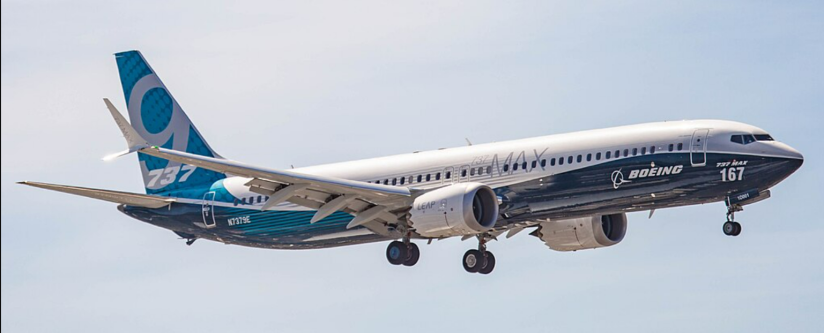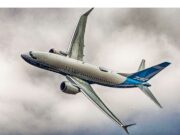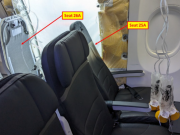
The U.S. Federal Aviation Administration (FAA) says it has increased its oversight of Boeing production in the aftermath of a Jan. 5 accident in which a passenger door plug separated from an Alaska Airlines Boeing 737 MAX 9 shortly after takeoff from Portland (Oregon, U.S.) International Airport, causing a rapid decompression.
The pilots returned to the airport for an emergency landing, and the plug was later found in a backyard in suburban Portland. None of the 177 people in the airplane was injured.
The following day, the FAA grounded 171 737-9 MAX airplanes. The FAA has since said that the timeline for returning the airplanes to service will be determined by “the safety of the flying public.”
After the FAA’s Jan. 12 announcement of increased oversight, Boeing said it would “cooperate fully and transparently with our regulator. We support all actions that strengthen quality and safety, and we are taking actions across our production system.”
Boeing Commercial Airplanes President and CEO Stan Deal said Monday that the company is working with the five affected airlines to inspect their 737-9-MAX airplanes, as well as “taking a hard look at our quality practices in our factories and across our production system.”
Deal said that, although Boeing has “taken important steps in recent years to strengthen our quality management system’s (QMS) foundation and its layers of protection,” the accident makes clear “that we are not where we need to be.”
The company is working to improve quality assurance and controls at its factories, he said, adding that some of its improvement actions include additional quality inspections, airline oversight inspections, a review of the work done by Spirit AeroSystems in installing mid-exit door plugs, and an independent outside assessment of the QMS. On Tuesday, Boeing announced the appointment of retired Navy Adm. Kirkland H. Donald to head a team of outside experts conducting the assessment.
The FAA’s order grounding the airplanes was followed by a Jan. 11 notification to Boeing that the FAA is investigating the company as a result of the Jan. 5 accident and a Jan. 12 announcement that the FAA will conduct an audit of the 737-9 MAX production line and its suppliers to “evaluate Boeing’s compliance with its approved quality procedures. In addition, the FAA said it would increase its monitoring of 737-9 MAX in-service events and conduct an assessment of “safety risks around delegated authority and quality oversight and examination of options to move these functions under independent, third-party entities.”
FAA Administrator Mike Whitaker added, “It is time to re-examine the delegation of authority and assess any associated safety risks. The grounding of the 737-9 and the multiple production-related issues identified in recent years require us to look at every option to reduce risk. The FAA is exploring the use of an independent third party to oversee Boeing’s inspections and its quality system.”
Weeks before the Jan. 5 accident, Boeing had issued a multi-operators message calling for inspections of certain bolts in the airplanes’ rudder control system to ensure that they had not come loose, recommending that operators of some MAX airplanes inspect specific tie rods that control rudder movement. The company’s recommendation followed an operator’s discovery, during routine maintenance, of a bolt in the rudder-control linkage with a missing nut.
The 737 MAX 8 was involved in two fatal crashes in late 2018 and early 2019 that killed a total of 346 passengers and crew. The crashes prompted the grounding of MAX airplanes worldwide while Boeing worked on pitch-stability software that had been cited for contributing to both crashes.
Image: Clemens Vasters from Viersen, Germany, CC BY 2.0, via Wikimedia Commons



